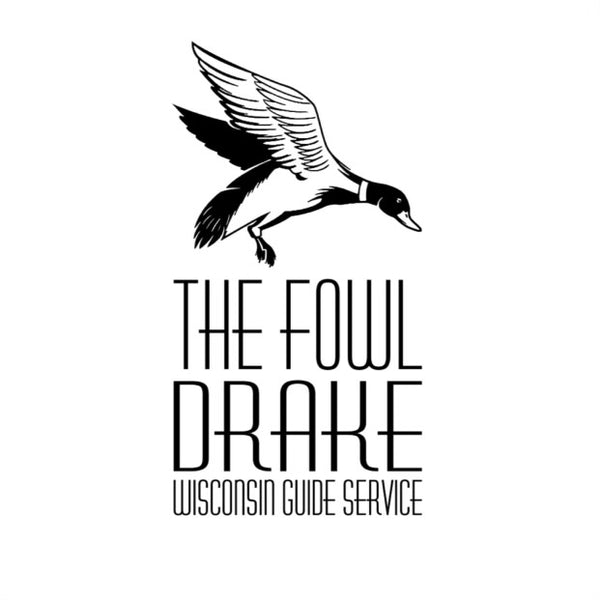Waterfowl Bird Identification
Waterfowl hunting and birdwatching are popular activities, but it can be challenging to identify the different species of birds. In this blog post, we will discuss some tips for identifying waterfowl birds.
Size and Shape
One of the first things to consider when identifying waterfowl birds is their size and shape. Different species of waterfowl have different body shapes and sizes, which can be useful in identifying them. For example, ducks tend to have a smaller, more compact body shape than geese, which are larger and have a more elongated body.
Plumage
Another important consideration when identifying waterfowl birds is their plumage. Different species of waterfowl have different color patterns and markings on their feathers. For example, mallards have a distinctive green head and yellow bill, while wood ducks have a colorful pattern of red, green, and white on their body.
Behavior
Behavior can also be a useful factor in identifying waterfowl birds. Different species of birds have different behaviors, such as how they swim, dive, or fly. For example, diving ducks such as canvasbacks and redheads often feed by diving underwater, while dabbling ducks such as mallards and pintails feed by tipping their heads underwater.
Habitat
Finally, habitat is an important consideration when identifying waterfowl birds. Different species of waterfowl have different habitat preferences, such as lakes, rivers, marshes, or open fields. Understanding the habitat preferences of different species can help you to identify which birds are most likely to be found in a particular area.
Conclusion
Identifying waterfowl birds can be a challenging but rewarding experience. By considering factors such as size and shape, plumage, behavior, and habitat, birdwatchers and hunters can increase their chances of identifying different species of waterfowl. Remember to always follow all state and federal hunting regulations, and to practice responsible and ethical hunting practices. Happy hunting and Birdwatching!

